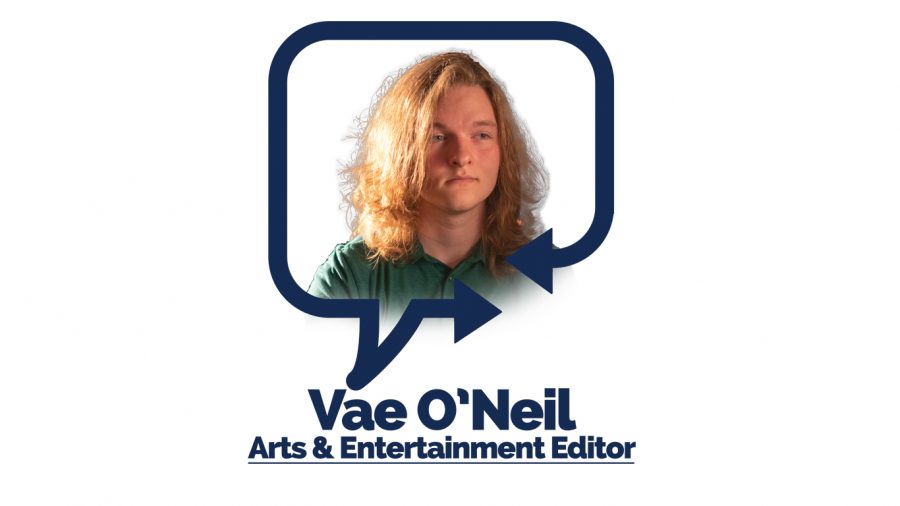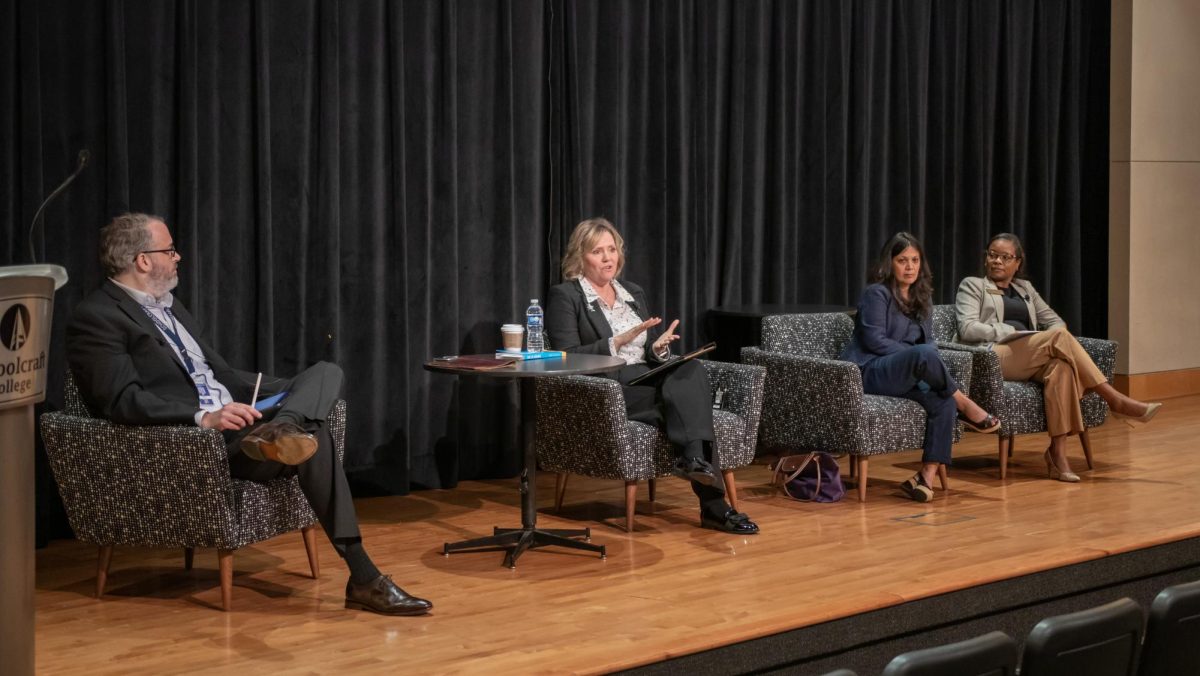O’Neil: The art of identity
Artistry is heavily valued in our creations rather than our dentities themselves
February 28, 2022
Consider the enthusiasm a person receives for adornment – decorating their room, home, car or other such thing; often they are lauded, clapped on the back for putting effort into imprinting themselves and their aesthetic into a space they occupy. The same encouragement is given to more explicitly creative endeavors, like writing and drawing and music-making; here is where (most of the time) artists create some new thing, authentic and of themselves. Such joy is to be found around these and other outward creations, hallmarks of individuality, yet culturally we bar people from applying that same creative expression to their identities, the very fount where all those celebrated creations sprouted from in the first place.
This, I’d say, is a load of hooey.
Our culture contains the spectrum of selfhood and identity into strict confines, made up of expectations based upon a given individual’s appearance. A few things these expectations influence are the law, fashion and behavior. Behavioral norms are some of the most easily noticeable impacts made by expectations; for instance, people of a particular gender, ethnicity or other social identifier might be expected to be more aggressive, studious or emotionally-flat compared to their peers of differing demographics – those who have relatively antonymic adjectives tacked on to their own stereotypes. How this most often presents itself in culture is something like the masculine/feminine dichotomy of appearance and behavior norms; someone who is expected to be masculine – to wear masculine clothes, and have a masculine job and interests – would be mentally and physically endangered because of society’s often-violent reactions to someone’s breaking of the norm. Besides bullying and beatings, opposition to expression outside the norm has found its way into legislation as recently as 2011, where people of one gender were barred from dressing in the expected style of another. As per this example, I find it rather silly to be angered by a human being who chooses to wear clothes, especially clothes that they like wearing.
Fashion is only one example of how identity is constrained; the list goes on to more trivial things, like the subtle ways in which we speak our words and move our bodies – but the point remains the same: these constraints are harmful and unnecessary for the sake of comfort against the new and different. Humans are intelligent, yes, but we are still beings of nature. We do not speak in binary languages; no one individual fits exclusively into a few solitary checkboxes. We are rivers dammed, dyed and overfished, yearning evermore to flow freely. I believe that if our culture were to evolve to where these walls of ours would crumble, where ourselves and our posterity could be formed free of expectation of how we should be, that it may very well set our minds’ eye free to bloom upon our very bodies and actions.
Though this is but a dream. There will always be those who cannot bring themselves to celebrate their otherness, and there will always be those who cannot suppress it. So though it is but a dream, it is a dream worth aiming for.









